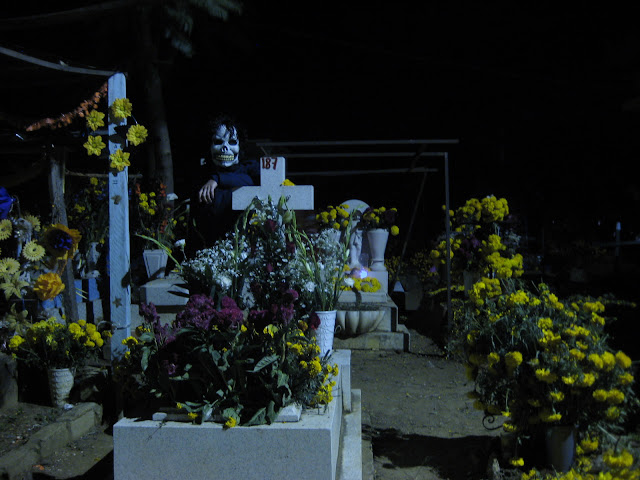The School of Athens by Raphael, in the Vatican. In the centre Aristotle, in blue, gestures in benediction to the ground. On his right Plato points towards the heavens. Raphael is symbolically contrasting their respective subjects of inquiry.
After this new dawn of subjectivity came the need to quantify what had been uncovered. Once self-consciousness had developed around the sophistication of individuality, it needed to be understood. This is the rebirth of the objective. The Enlightenment was the rigourisation of this process: the development of the possibility of objectivity. Descartes is the philosophical justification, the theoretical underpinning of this process. Descartes finds the creative humanistic impulses of the Renaissance (and the Classical world) insufficient foundations for the truth he sought, and in The Meditations of 1641 locates these truths in a new space: the thinking mind. Here begins the disconnection of humanity from its shadow self, which had driven our culture, in the Greek tragedies, Shakespeare and the Renaissance artists. This disconnection still shackles us today. Not until Sartre is it realised that the terminal error in “I think therefore I am”, is that his “I” is just only the thinking “I”: the “I” who thinks is not the same as the “I” who is.
The Enlightenment, starting with the ruthless Cartesian pursuit of first principles harking back to Socrates, reached adulthood with the applied logic of the Empiricists. This pursuit of knowledge and its appropriation by an educated elite saw its physical manifestation in the founding of the academies of London and Paris. This was in turn challenged by the social and cultural inversions undertaken during the French Revolution. From the late 18th century a new tendency grows away from objectivity, back to the human, towards the irrational and the subjective. This movement is called Romanticism. Between the French Revolution in 1789 and the ascension of Queen Victoria in 1839, Europe sees the centre of gravity of genius shift from political philosophers and rationalists of the Enlightenment like Samuel Johnson, Gotthold Lessing, Hume, Smith, Hobbes, Locke, Franklin and Jefferson, to a new kind of revolutionary humanist. Socially, this period saw the Great Reform Bill, the Utopian vision of Fourier and the life of Mary Wollstonecraft. Kant, and later Hegel and Schopenhauer, give birth to Idealism, introducing the transcendental in addition to the phenomenal, and placing contradiction, not rationality, at the heart of philosophy. Now the Artist was rebel, pioneer and psychologist - Goethe, Beethoven, the Brontës, Blake, Turner and Byron. These Romantics sought to blast through the empiricist petrification of truth into mere knowledge, and to instead reclaim the Classical and Renaissance ideal that instead:
Beauty is truth, truth beauty,—that is all
Ye know on earth, and all ye need to know.
Ye know on earth, and all ye need to know.
Keats, Ode on a Grecian Urn, 1819
As the wheel turns these ideals too get overtaken. The zeitgeist shifts back, thanks in the main to the Victorians, to a new industrialisation, Empire, construction and vigour. In 1839 the invention of the Daguerreotype spells the elimination of artistic realism. Mass production crushes the relationship of the consumer to the artisan, isolating both. The age of steel was emerging from the age of stone.
In wide perspective, we have two repeating poles: the rationalism of the Enlightenment and the materialism of the Industrial Revolution, and the humanism of the Renaissance and the irrationality of Romanticism. Finally, at the start of the Twentieth century, Freud is able to reveal these poles as the flints whose sparks charge the dynamo of the human experience. By internalising the irrational, psychoanalytic theory makes sense of these opposites. The irrational (or individual) and the rational (or social) are different evidence of the same phenomenon. They are translations. The move from Renaissance to Enlightenment to Romanticism to Industrialisation can be internalised: the human contains within him the irrational, which, in order to become rational, projects onto the material. These internal states occur historically only in virtue of being projected from Self onto Other. It is towards the reunification of this dichotomy of the human self: from mutually exclusive states occurring consequently to complementary states occurring simultaneously, that we now evolve.





No comments:
Post a Comment